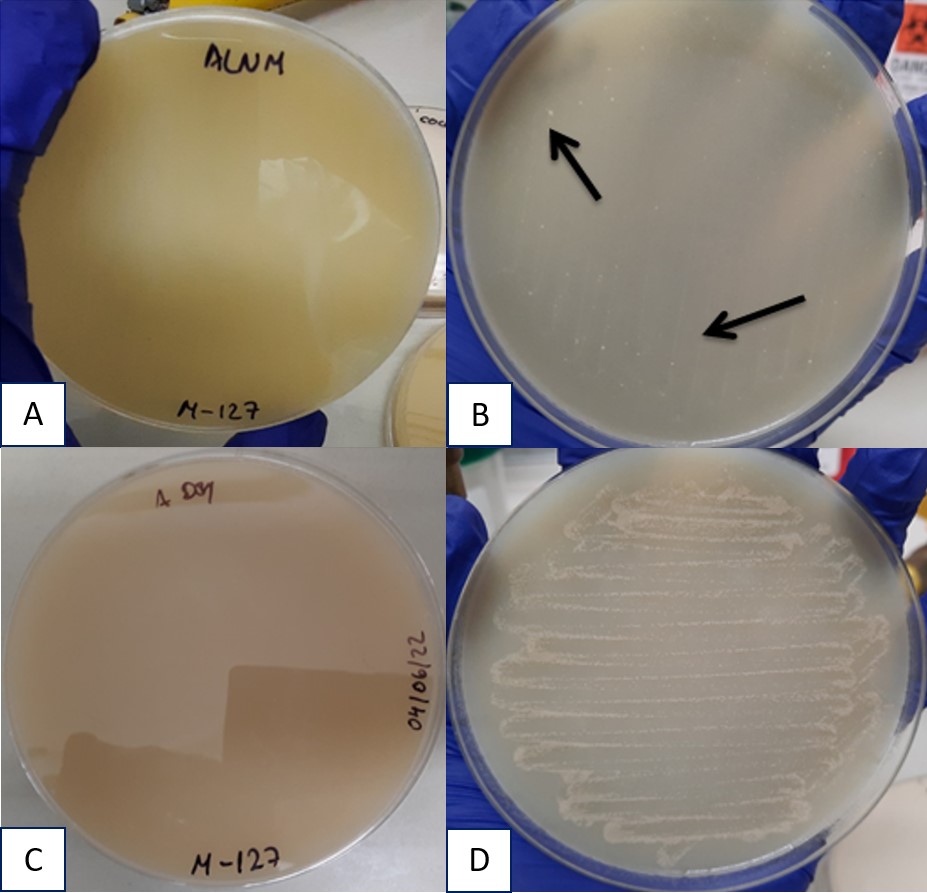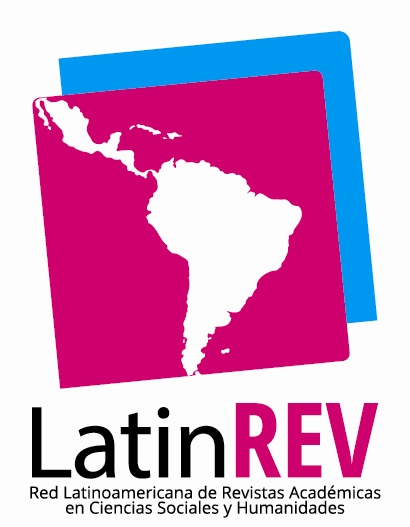Isolation of Malassezia spp. colonies on skin swabs in two types of agars in a pediatric institute in Lima - Peru, in 2022
DOI:
https://doi.org/10.58597/rpe.v3i3.87Keywords:
Malassezia , Medio de Cultivo , Aceite de Coco , PediatríaAbstract
Objective: To determine the isolation capacity and number of colonies of Malassezia spp. by using skin swabs applying a conventional agar and a modified one at the Instituto Nacional de Salud del Niño in Breña (Lima) in 2022. Materials and methods: Descriptive observational study that compared a (conventional) Leeming & Notman agar with olive oil and an (proposed) agar modified with coconut oil. 180 skin swabs collected during March-November 2022 were cultured. The culture media were monitored for seven days, and all the information was recorded in a data collection form and compared with the U-Mann Whitney test. Results: The characteristics of the skin lesions from which the swabs were taken were mostly whitish (38.9 %). Fungal isolation capacity in both agars was the same, with Malassezia furfur being predominant (23.3 %). However, the median of the isolated fungal colonies was significantly higher (p = 0.025) in the agar modified with coconut oil. Conclusions: Mild lesions such as whitish areas on the skin with a median of 2 cm2 predominated. There were no differences in terms of isolation capacity; however, a greater number of colonies developed on the agar supplemented with coconut oil, proving to be a better lipid source than olive oil.
Downloads

Downloads
Published
Issue
Section
License
Copyright (c) 2024 Deyna Xiomara Estrada Zárate, Roberto Rojas León, Gian Carlos Ramirez Ubillus

This work is licensed under a Creative Commons Attribution 4.0 International License.
















